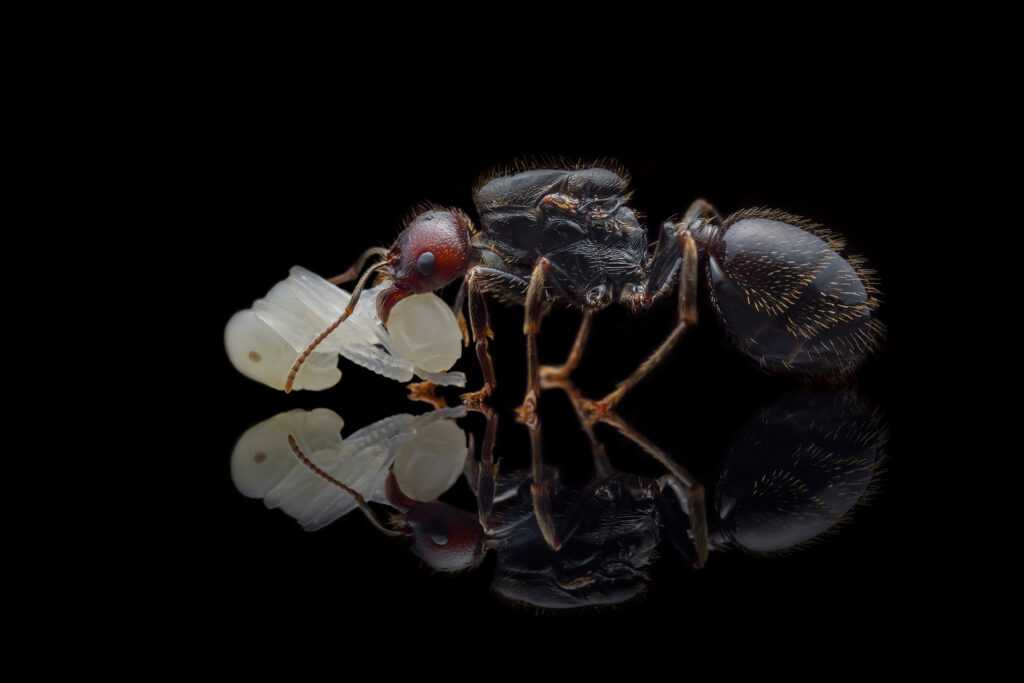About Camponotus zonatus: A Fascinating Ant Species
Camponotus zonatus is a fascinating ant species known for its beautiful coloration and striped pattern. These ants are monogynous, meaning they have a single queen in each colony. With a colony size of up to 6000 workers, Camponotus zonatus is a thriving and active species.
Size of Camponotus zonatus
The queen of Camponotus zonatus measures approximately 12 to 14 mm in length. Workers are smaller, ranging from 5 to 8 mm in size. Majors, which are specialized workers, can grow up to 7 to 11 mm in length. When it comes to color, Camponotus zonatus has a brown-orange body with yellow points on its abdomen.
Nutrition for Camponotus zonatus
To ensure the optimal health and development of your Camponotus zonatus colony, providing a diverse and balanced diet is crucial. These ants feed on a variety of food sources, including:
- Insect food: Cockroaches and crickets are excellent sources of protein for Camponotus zonatus.
- Syrup: A mixture of water and honey in various ratios (4:1, 3:1, 2:1) serves as an energy-rich treat.
- Fruits and vegetables: Providing a range of fresh fruits and vegetables ensures a well-rounded diet.
- Jelly: Including ant-friendly jellies can offer additional nutrients and hydration.
- Cooked Chicken without Salt: Lean and unseasoned chicken can be given occasionally as a protein source.
Humidity and Temperature Requirements
Creating the right environment for Camponotus zonatus is essential for their overall well-being. Maintaining the correct humidity and temperature levels is crucial:
- Arena humidity should be kept between 40-60%.
- Nest humidity should be maintained at 50-60%.
- The temperature in the arena should range from 22 to 28 °C.
- The temperature in the nest should range from 22 to 26 °C.
Recommended Nests for Breeding Camponotus zonatus
Camponotus zonatus thrives in suitable nesting environments that provide them with the necessary space and comfort. To ensure successful breeding and colony development, consider the following types of nests:
- Acrylic nests: These nests offer transparency, allowing you to observe the ants’ activities.
- Cork nests: Made from natural cork, these nests provide a rustic and organic environment.
- Gypsum nests: Gypsum nests are durable and provide a stable and secure living space for Camponotus zonatus.
- Aerated concrete nests: These nests are lightweight and provide excellent insulation for temperature regulation.
With the right care and suitable nesting options, you can create a thriving habitat for your Camponotus zonatus ants. By providing them with a nutritious diet and maintaining optimal humidity and temperature levels, you will witness the stunning beauty and active nature of these fascinating ants.


















Reviews
There are no reviews yet.